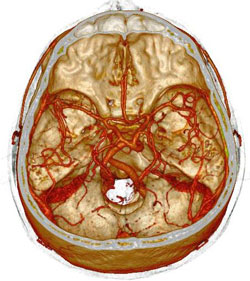Patient stories
Voice of Patients
Body Pain, Headache
I was suffering from headache, body pain, constipation and weight gain issues. The oil...
Shalakya, Headache
I walked into AyurVAID Hospitals Ramamurthynagar with severe headache and sinus...
Headache, Gall Bladder
I got treated for Gall bladder stone @ 16 mm, followed by headache. After the AyurVAID massage..

